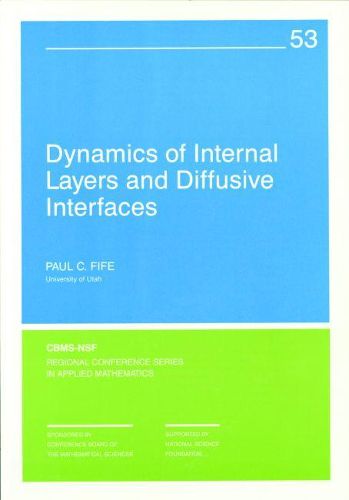Readings Newsletter
Become a Readings Member to make your shopping experience even easier.
Sign in or sign up for free!
You’re not far away from qualifying for FREE standard shipping within Australia
You’ve qualified for FREE standard shipping within Australia
The cart is loading…






Interfacial phenomena are commonplace in physics, chemistry, biology, and in various disciplines bridging these fields. They occur whenever a continuum is present which can exist in at least two different chemical or physical states , and there is some mechanism which generates or enforces a spatial separation between these states. The separation boundary is then called an interface. In the examples studied here, the separation boundary, and its internal structure, result from the balance between two opposing tendencies: a diffusive effect which attempts to mix and smooth the properties of the material, and a physical or chemical mechanism which works to drive it to one or the other pure state. This volume is unique in that the treatment of flames, as well as internal layer dynamics including curvature effects , is more detailed and systematic than in publications.
$9.00 standard shipping within Australia
FREE standard shipping within Australia for orders over $100.00
Express & International shipping calculated at checkout
Interfacial phenomena are commonplace in physics, chemistry, biology, and in various disciplines bridging these fields. They occur whenever a continuum is present which can exist in at least two different chemical or physical states , and there is some mechanism which generates or enforces a spatial separation between these states. The separation boundary is then called an interface. In the examples studied here, the separation boundary, and its internal structure, result from the balance between two opposing tendencies: a diffusive effect which attempts to mix and smooth the properties of the material, and a physical or chemical mechanism which works to drive it to one or the other pure state. This volume is unique in that the treatment of flames, as well as internal layer dynamics including curvature effects , is more detailed and systematic than in publications.